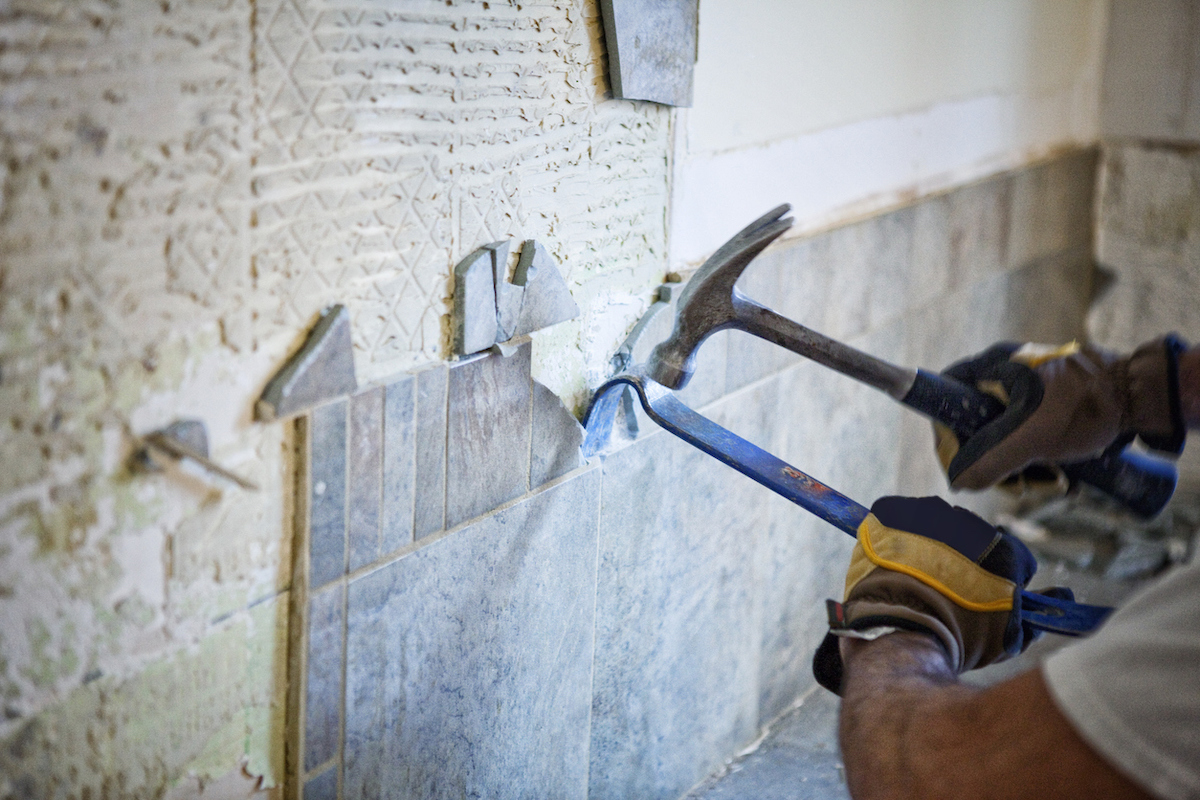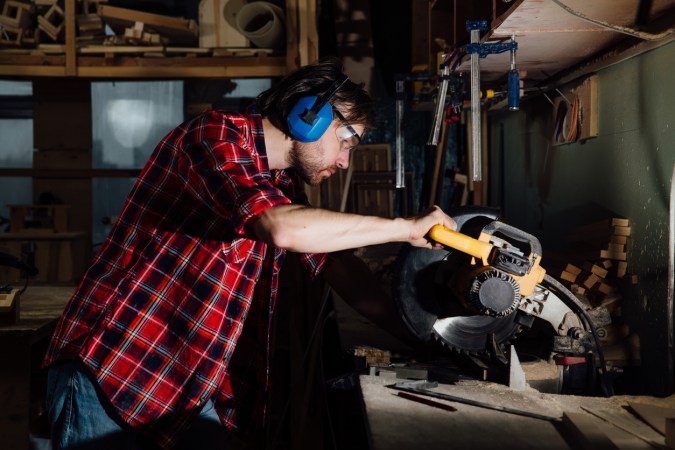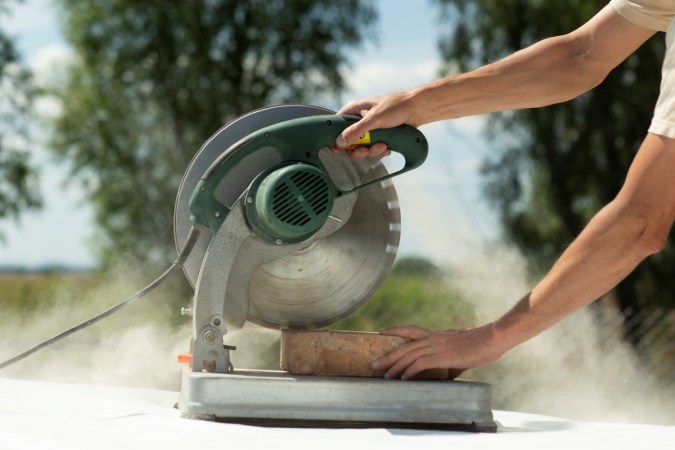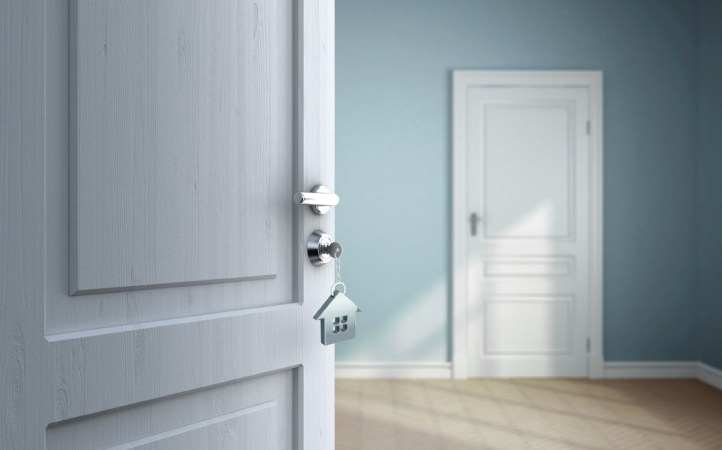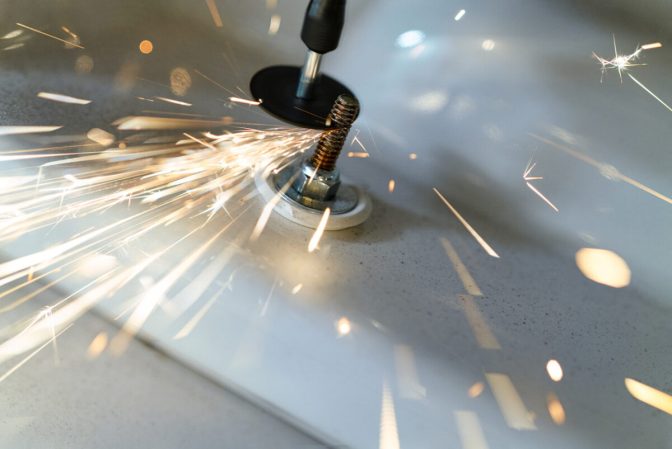We may earn revenue from the products available on this page and participate in affiliate programs. Learn More ›
Whether you’re gutting a 1970s-style bathroom, converting the kitchen and living room into a space with an open floor plan, or embarking on other remodeling projects, you’re likely going to have to tear a few things down to get the job done.
Demolition can involve bashing through walls, ripping up old flooring, or even cutting through corroded metal plumbing. Since you won’t be doing any of those things with your bare hands, you’re going to need a good set of demo tools (along with safety glasses, gloves, and a dust mask, of course). Ahead, learn about some of the best teardown tools you’ll need if you’re doing your own remodeling.
1. Sledgehammer
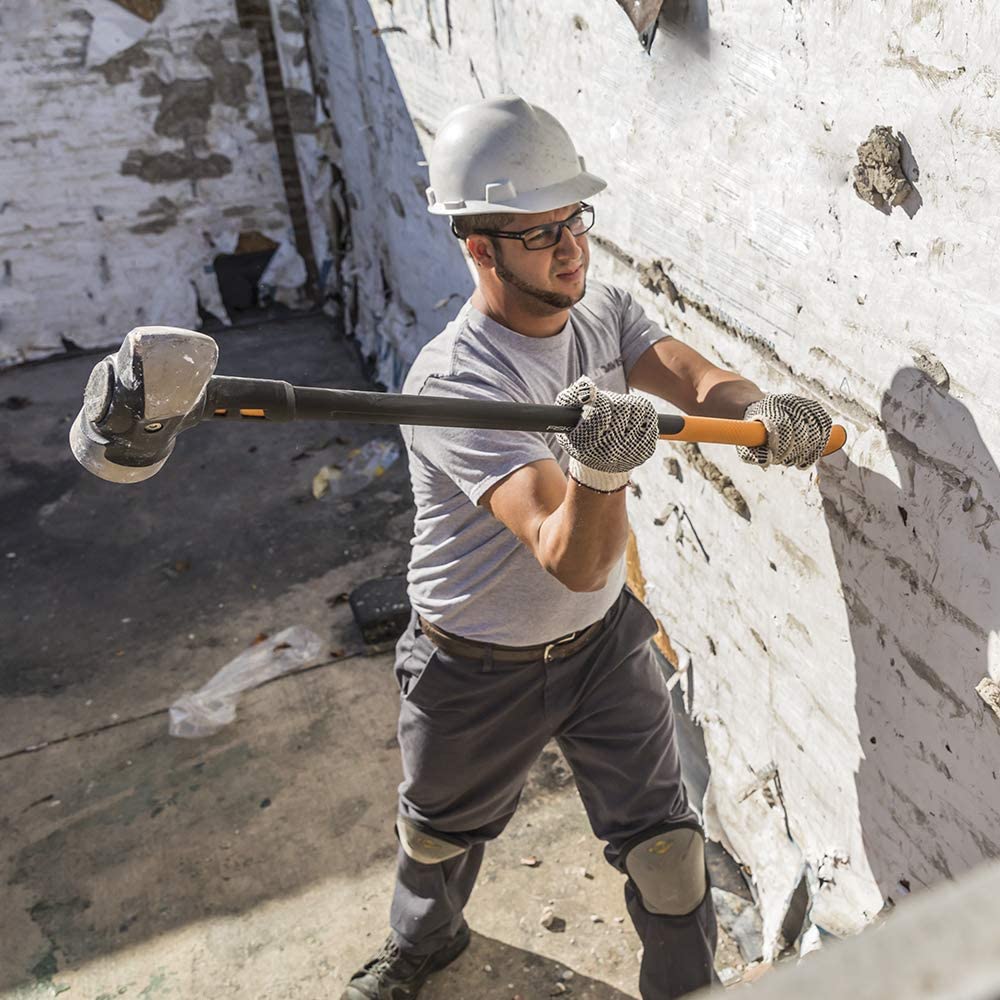
Before you can bring in the new, you’ve got to pull out the old. Few tools are better suited for smashing apart the latter than a quality sledgehammer. With a forged, heat-treated steel end that includes a wedged side and flat side, this 16-pounder from Fiskars is adept at taking down walls and pounding through concrete. Its IsoCore Shock Control System reduces by half the amount of impact shock transferred to the operator versus sledgehammers with wooden handles.
Get the Fiskars PRO IsoCore Sledge Hammer on Amazon for $96.99.
2. Pry Bar
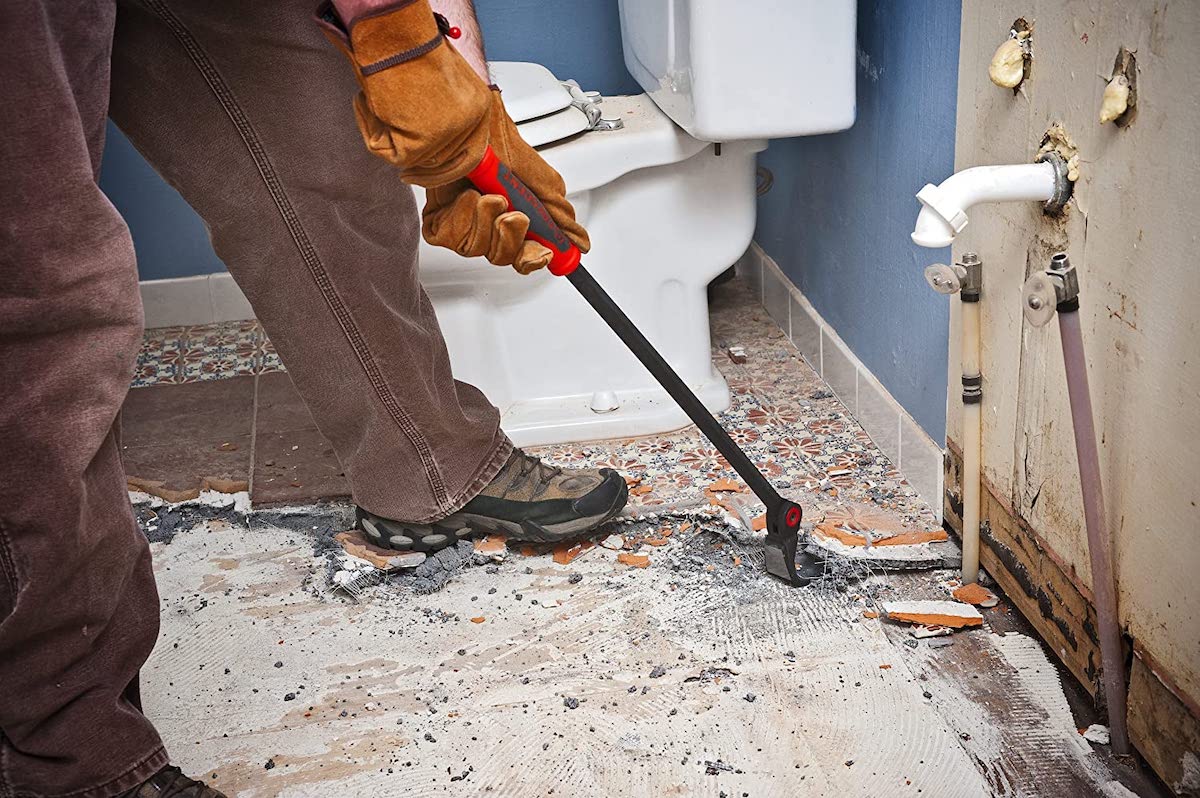
Whether it’s laying tile or hanging drywall, home improvement projects often involve attaching materials to other materials. When it’s time to remodel, the best option for undoing those connections is a double-headed crowbar or pry bar, which is just the right tool for separating everything from drywall and framing to tile and concrete. The key to using a pry bar is finding that angle for maximum leverage between the two pieces that need to be pulled apart. With a pivoting head that locks into 15 different positions, this 30-inch demolition bar from Crescent allows you to do just that.
Get the Crescent 30-inch Indexing Flat Pry Bar on Amazon for $44.10.
3. Pliers
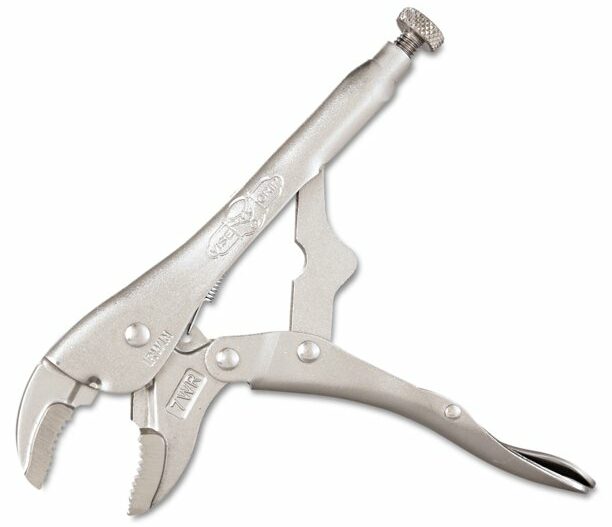
Demolition often involves removing old fasteners. Most demo bars have nail removers that will take care of intact nails, but what do you do when you encounter a nail with a sheared-off head, or screws that can’t be pried out? A good pair of locking pliers will hold onto nail shafts or screw heads, gripping them tightly so you can pull them out or unscrew them. With its jagged teeth, this set of Irwin locking pliers bites deeply into screw heads or nail shafts for maximum grip. The longer handle and curved head provide ample leverage for pulling nails out of wood.
Get the Irwin Vise-Grip Curved Jaw Locking Pliers at Walmart for $17.10.
4. Reciprocating Saw
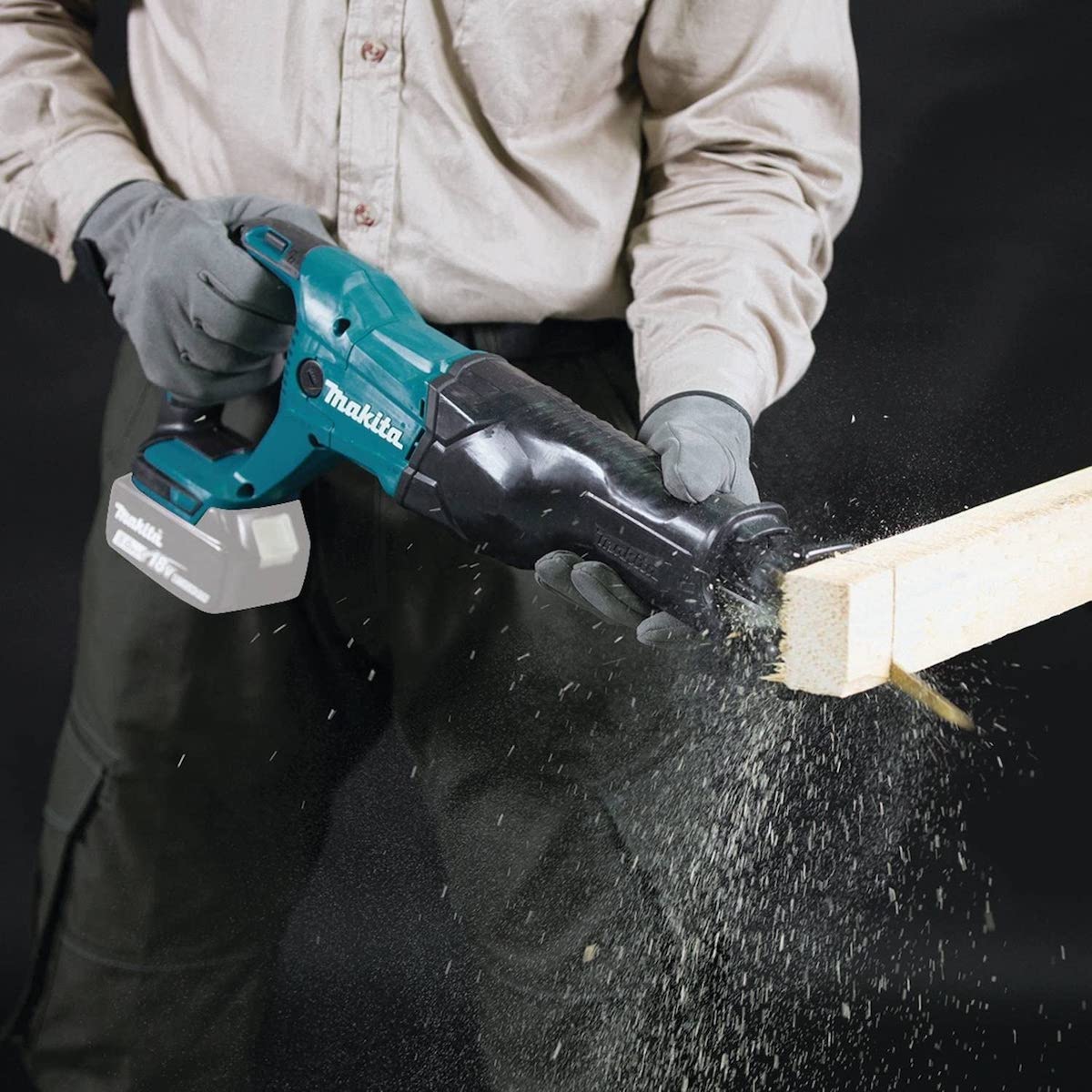
Fitted with the right blade, a reciprocating saw can cut through virtually any material, be it wood, iron, plaster, plastic, or stone. Its versatility makes it the ideal power tool for almost any home improvement project that calls for demolition. Powered by an 18-volt battery, this reciprocating saw from Makita can deliver up to 2,800 strokes of cutting power per minute but weighs just over 8 pounds. And, with its tool-less blade change system, it won’t slow you down while you work.
Get the Makita 18V Cordless Reciprocating Saw on Amazon for $114.00.
5. Nail Puller

While a pair of pliers or a pry bar can remove old fasteners, it’s best to employ the services of a good nail puller if your demo job involves removing a lot of stubborn nails. These specialty tools have pincer-style heads specially designed to grip nails that are flush with the material’s surface, and provide ample leverage for maximum pulling power. With an L-shaped design and curved jaws, this Crescent nail puller is one of your best options for pulling out those hard-to-grip nail heads.
Get the Crescent 19-inch Nail Puller on Amazon for $36.
6. Tin Snips
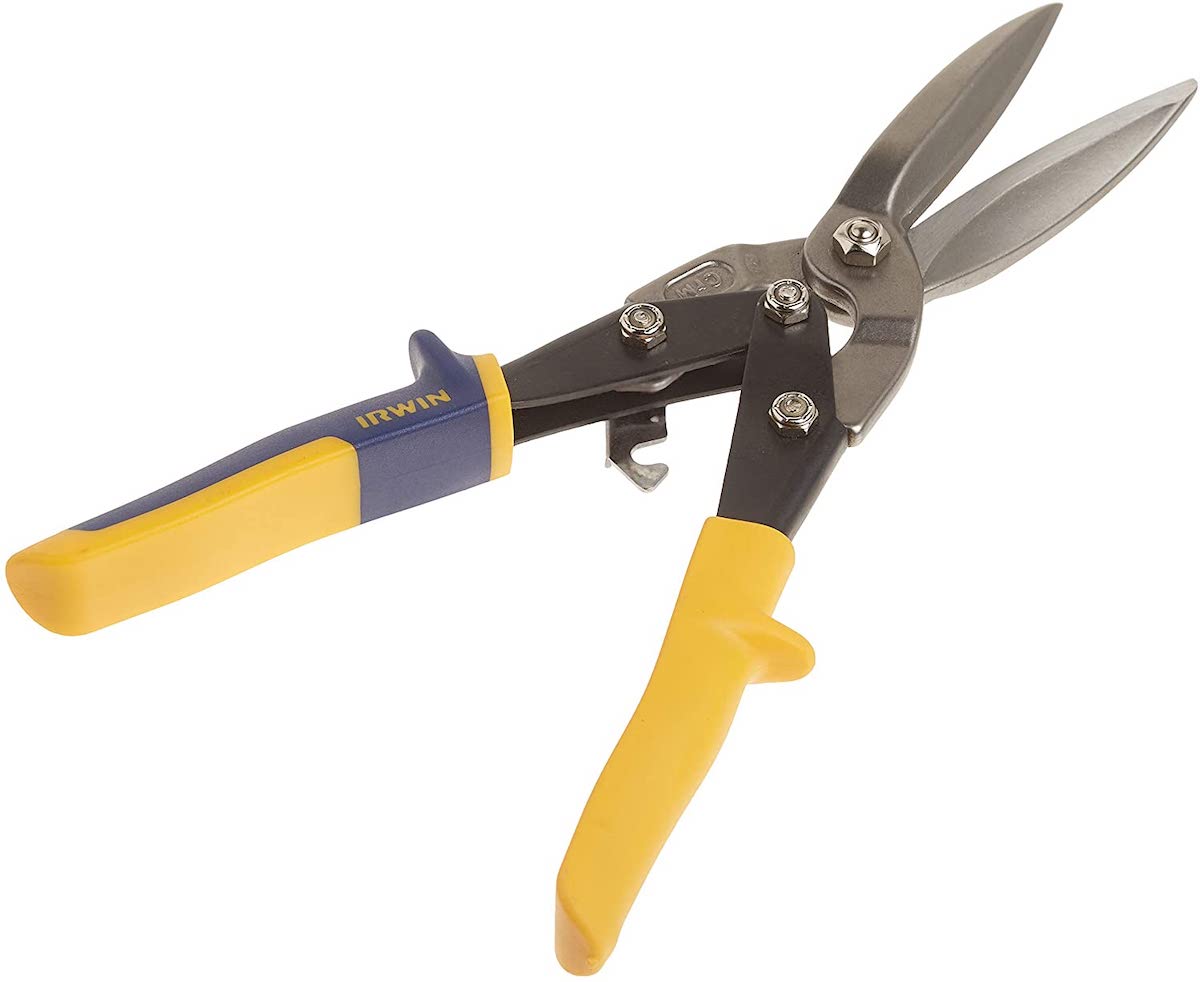
Though not crucial for all demolition jobs, tin snips are certainly necessary if you the project you’re working on has you removing metal sheeting. These tools are ideal for cutting away old ductwork if, say, you’re remodeling your HVAC system, or you’re taking down an old plaster wall and need to cut through the metal lath. This pair of Irwin tin snips is capable of cutting through 24-gauge rolled steel or 26-gauge stainless steel.
Get the Irwin Tin Snips on Amazon for $16.99.
RELATED: 10 Pro Tips for an Easier Demo Day
7. Hammer
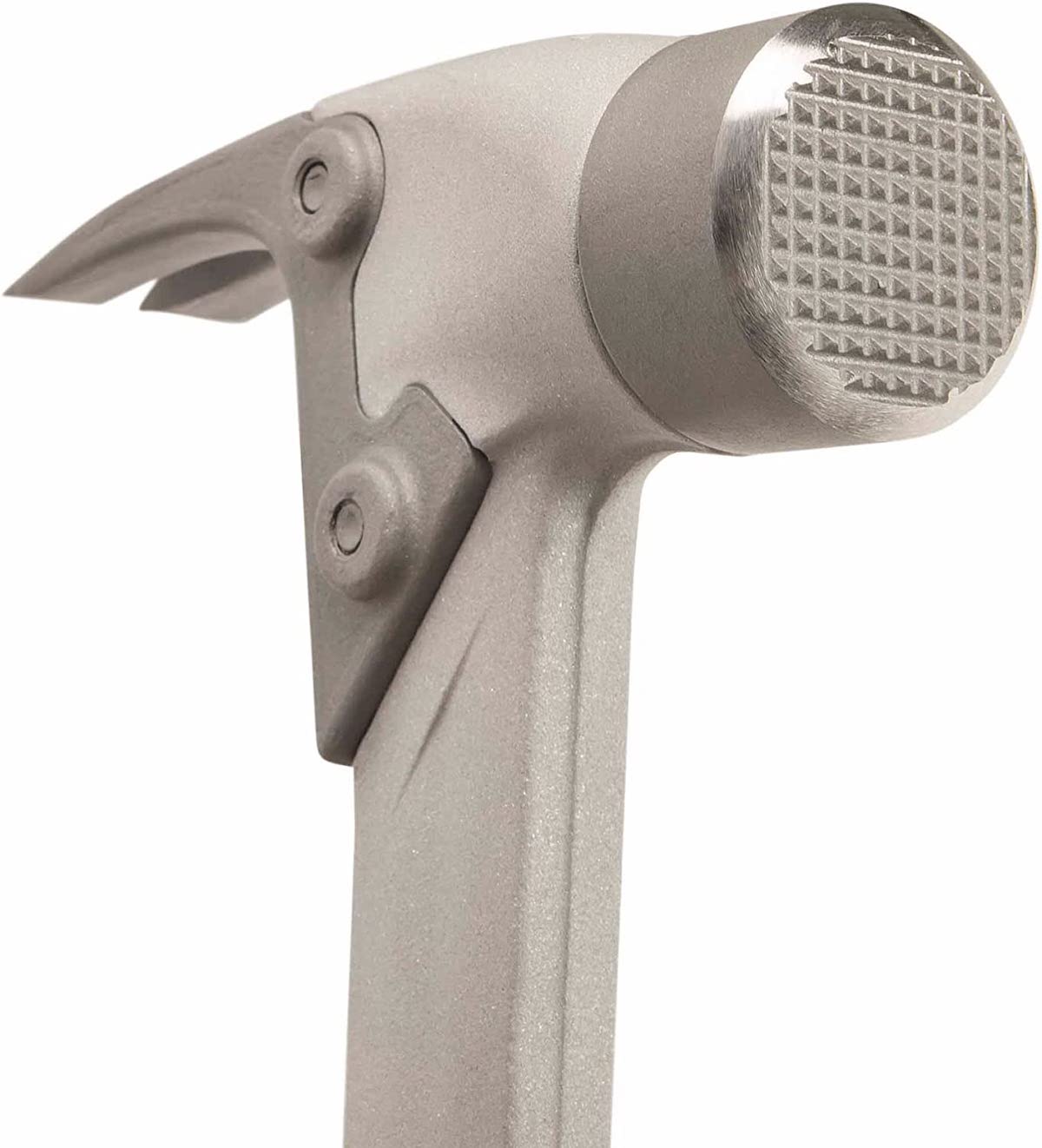
While a sledgehammer may do more damage with each swing, a standard hammer allows for a more surgical strike. Its lighter weight and compact size allow you to remove smaller sections of drywall without causing the collateral damage that a sledgehammer can cause. Once the drywall is gone, flip the hammer over and use its claw side to remove any remaining nails. With a grip designed to reduce impact vibration and a lightweight aluminum body, this Estwing framing hammer is ideal for light demolition.
Get the Estwing AL-PRO Framing Hammer on Amazon for $159.51.
8. Demo Fork
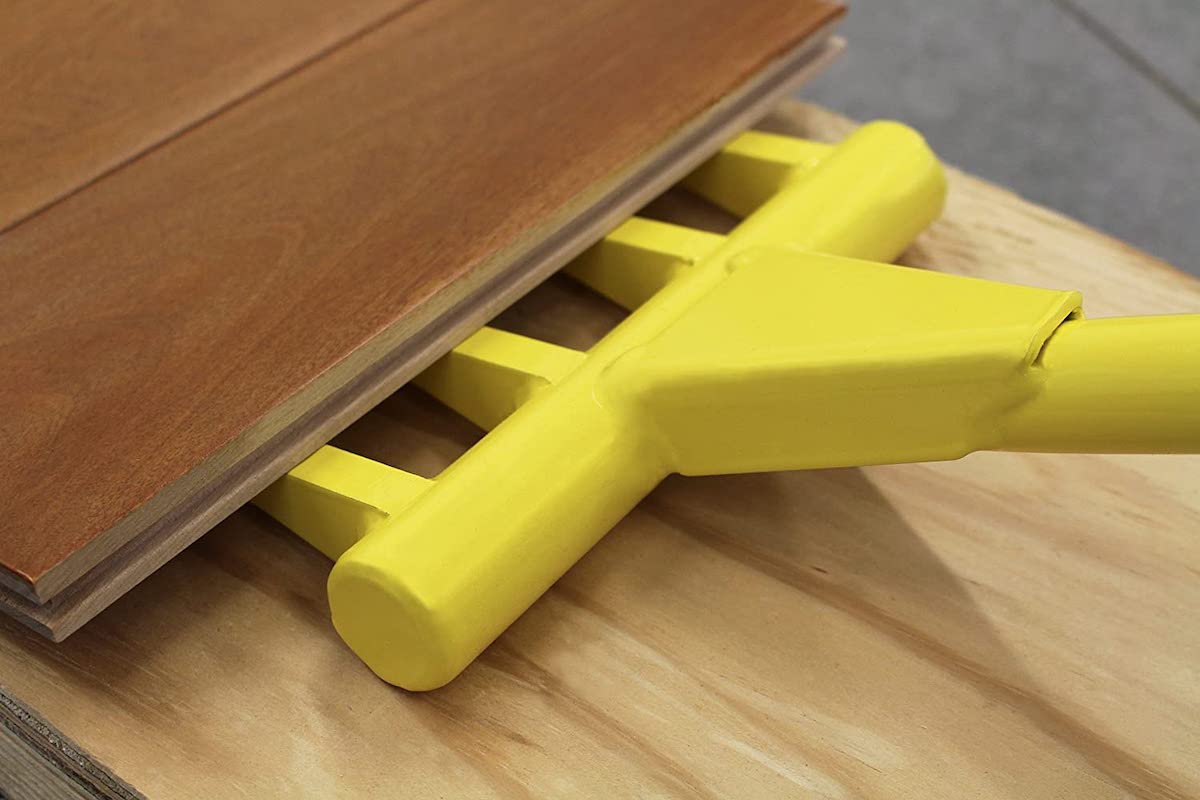
If you’ll be ripping up old flooring or removing rotting deck boards for your next project, you (and your back) need a demo fork. These steel tools have long handles that allow you to remain in a back-friendly standing position while producing the serious torque you need to pry up boards that are nailed into framing or subfloor. With its four-tine design and 40-inch length, the Honey Badger demo fork is a must-have for floor-wrecking jobs.
Get the Honey Badger Demolition Fork on Amazon for $119.99.
9. Demolition Hammer
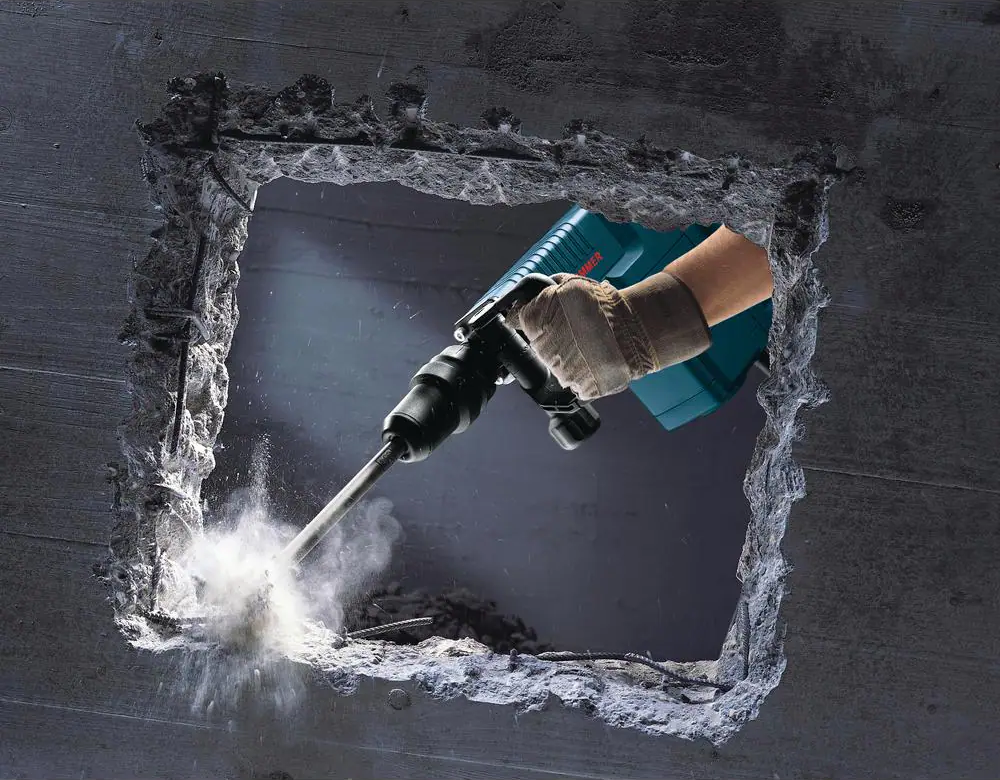
A demolition hammer is sort of like a jackhammer, but in a smaller size that’s suitable for DIYers. The tool’s motor creates a hammering action that drives its chisel-shaped head into concrete, brick, and other masonry. It’s ideal for breaking through concrete slabs or removing old tile. With a light weight and features that include shock-absorbing handles and variable speed settings, this Bosch demolition hammer is also super useful outdoors for tasks like breaking up rocky soil, and preparing fence footings.
Get the Bosch 14 Amp Variable Speed Demolition Hammer at The Home Depot for $659.
10. Oscillating Multi-tool
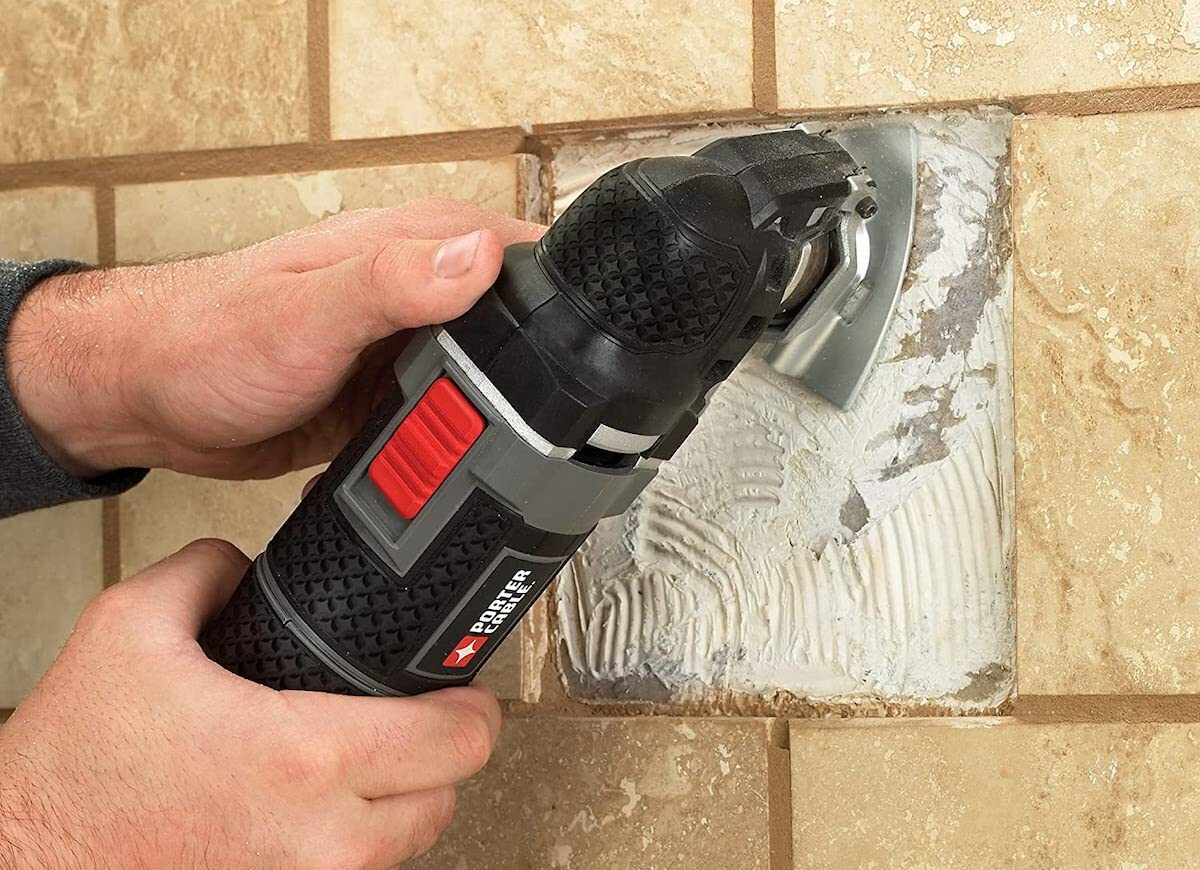
With its numerous blade options and small size, this Swiss army knife of power tools is ideal for demolition efforts that demand control and detail. Use a hacksaw blade to slice off a protruding nail, switch to a grinding blade to cut through an old galvanized pipe, or equip the tool with a Sheetrock blade to cut out small sections of drywall. An oscillating tool makes it easy to remove a variety of materials without causing damage to the areas around it. With its 52 pieces and high 3-amp power output, Porter Cable’s oscillating tool can handle a variety of demolition jobs.
Get the Porter-Cable Oscillating Tool Kit on Amazon for $143.01.
11. Demolition Gloves
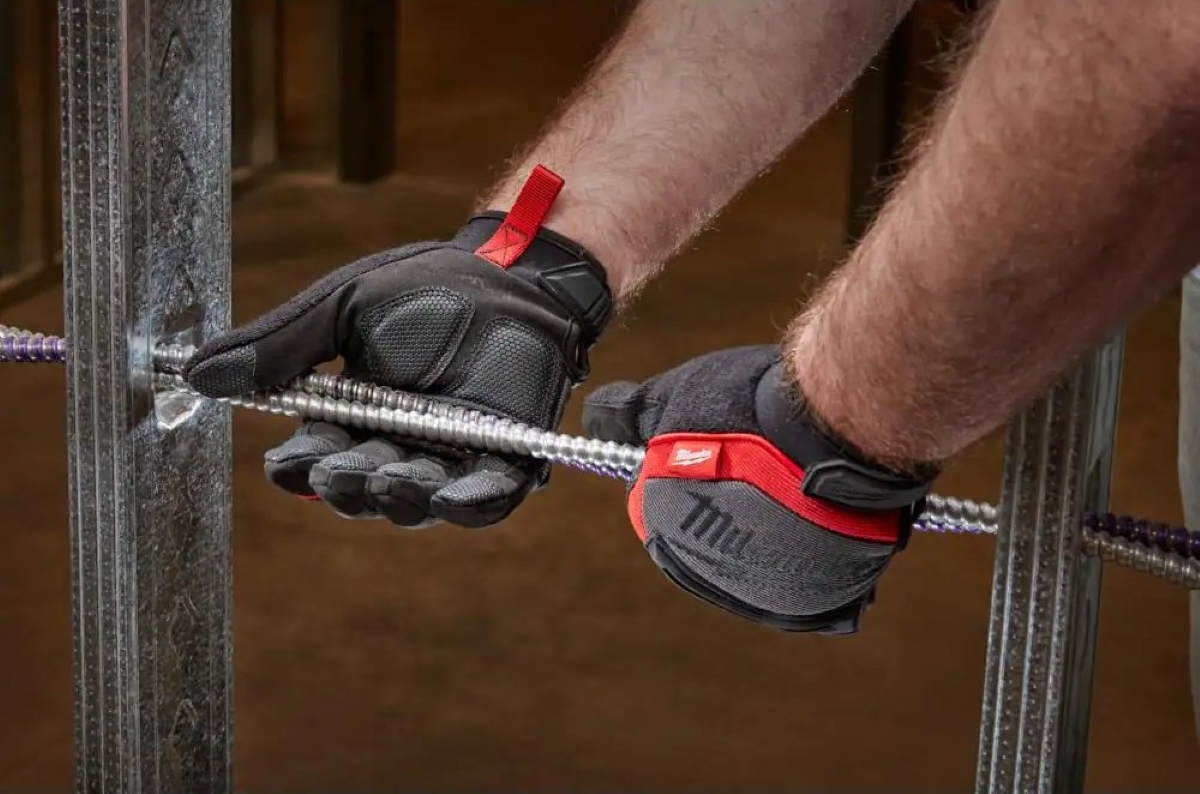
While you may use a sledgehammer, reciprocating saw or pry bar to smash, cut, or pull things apart, sometimes the best tools for your demolition job are your own two hands. It’s not a good idea to grab onto splintered wood, jagged metal or shattered ceramic, however, without a good pair of demolition gloves for protection. This pair of thick padded gloves from Milwaukee have reinforced thumbs and palms, along with added knuckle protection so you can grab onto all manner of objects without fear of injury.
Get the Milwaukee Performance Work Gloves at The Home Depot for $27.57.
12. Carpet Puller
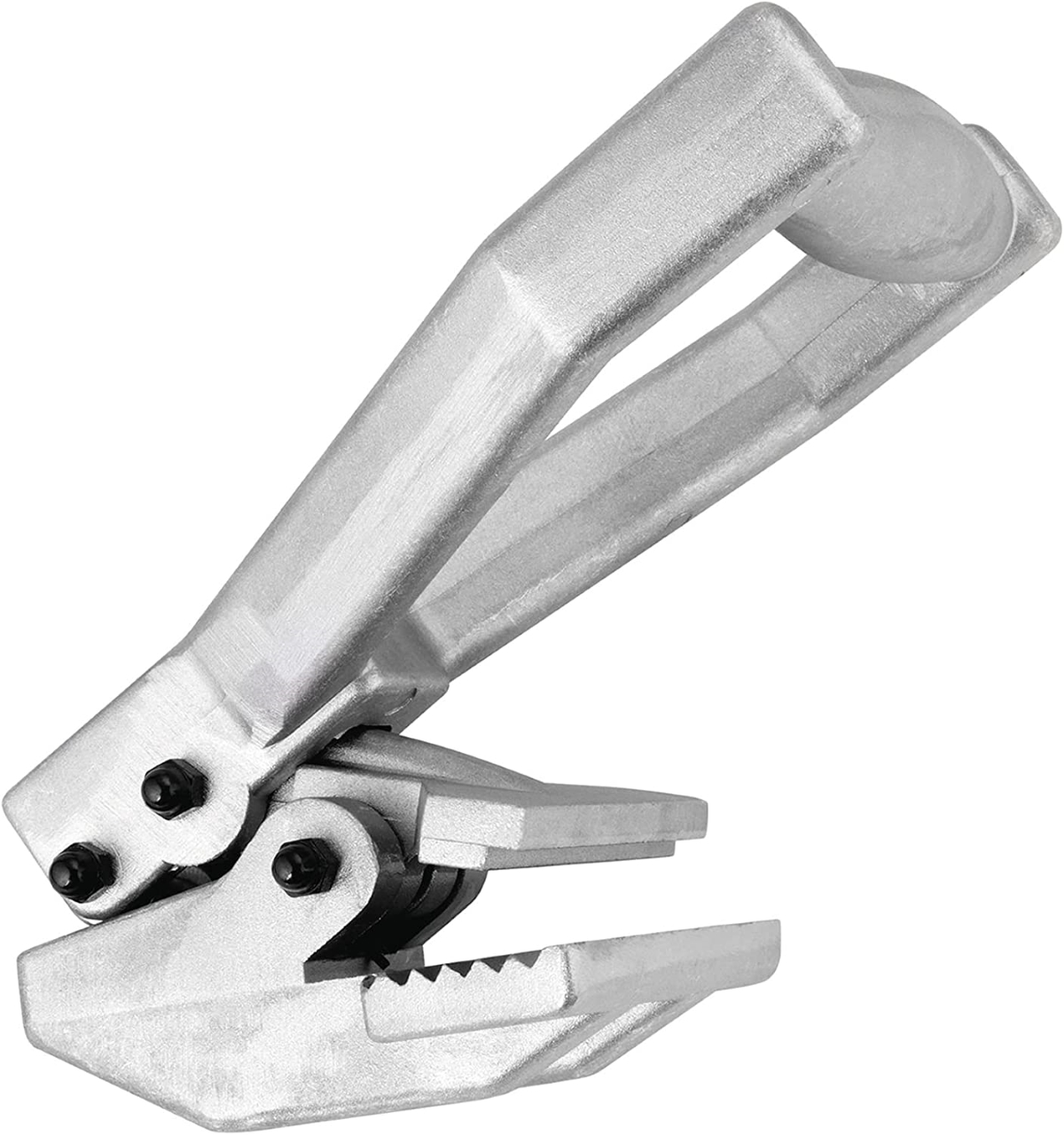
You can rip out that funky old carpeting by grabbing onto it with your hands and pulling it up, but you’ll struggle to get a good grip. A better option is to use a carpet puller, such as this Roberts carpet puller. One end has a serrated clamp that bites into the edge of the carpeting while the other provides you with a large handle that’s easy to grip for pulling. Since it’s made of diecast aluminum, you can pull it with all your might without worrying about it breaking apart.
Get the Roberts Carpet Puller on Amazon for $26.32.
RELATED: How to Remove Carpet
13. Pipe Cutter
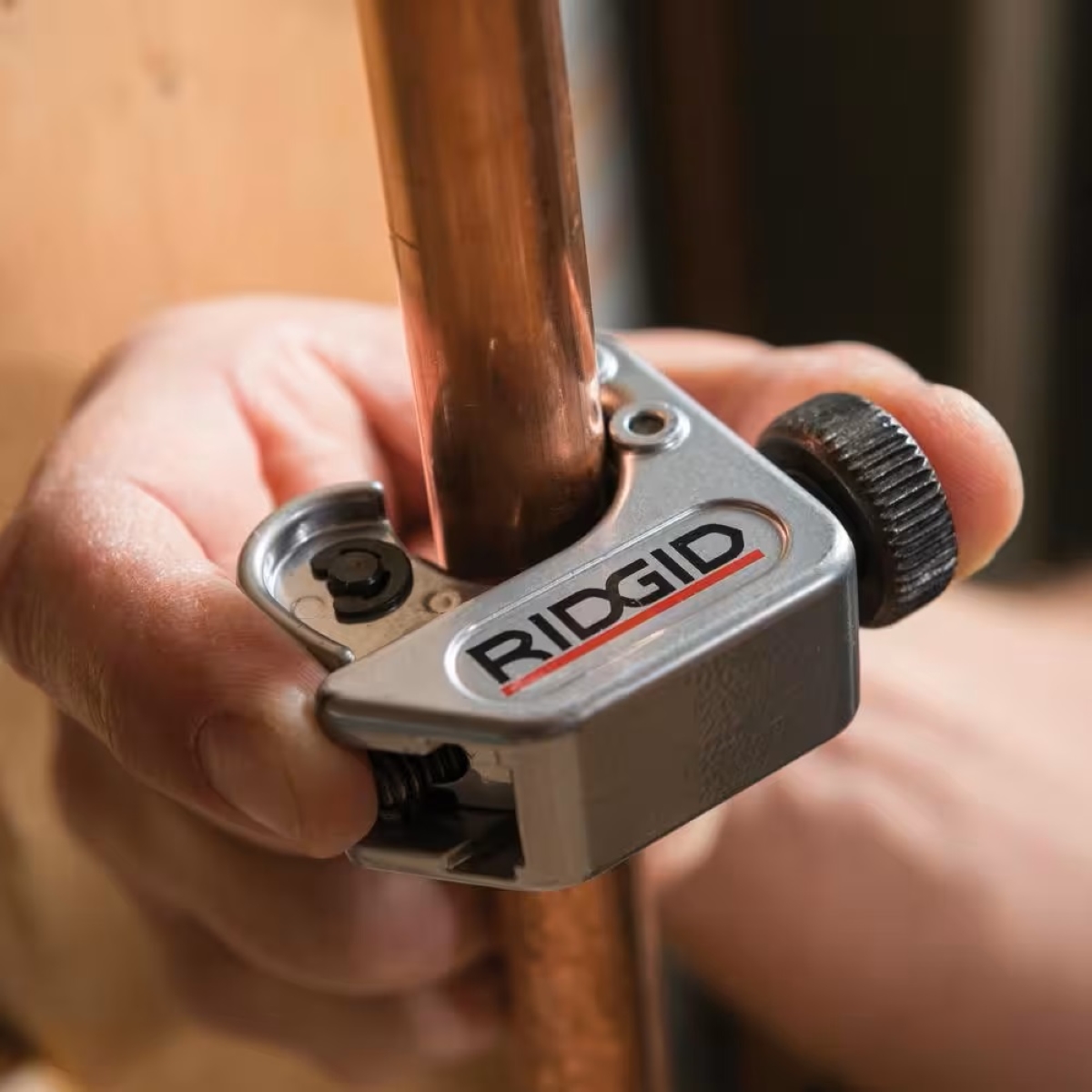
If your demolition project involves gutting a kitchen or bathroom, then you’ll likely need to cut through old plumbing to add a new toilet, shower or sink. Working on plumbing is typically a challenge because there’s so little room for large tools. This small but mighty Ridgid pipe cutter doesn’t need much space to work its magic. Just attach it to copper, aluminum, brass or plastic pipes up to 15/16 of an inch in diameter and rotate to make a clean cut.
Get the Ridgid Pipe Cutter from The Home Depot for $12.88.
14. Shingle Remover
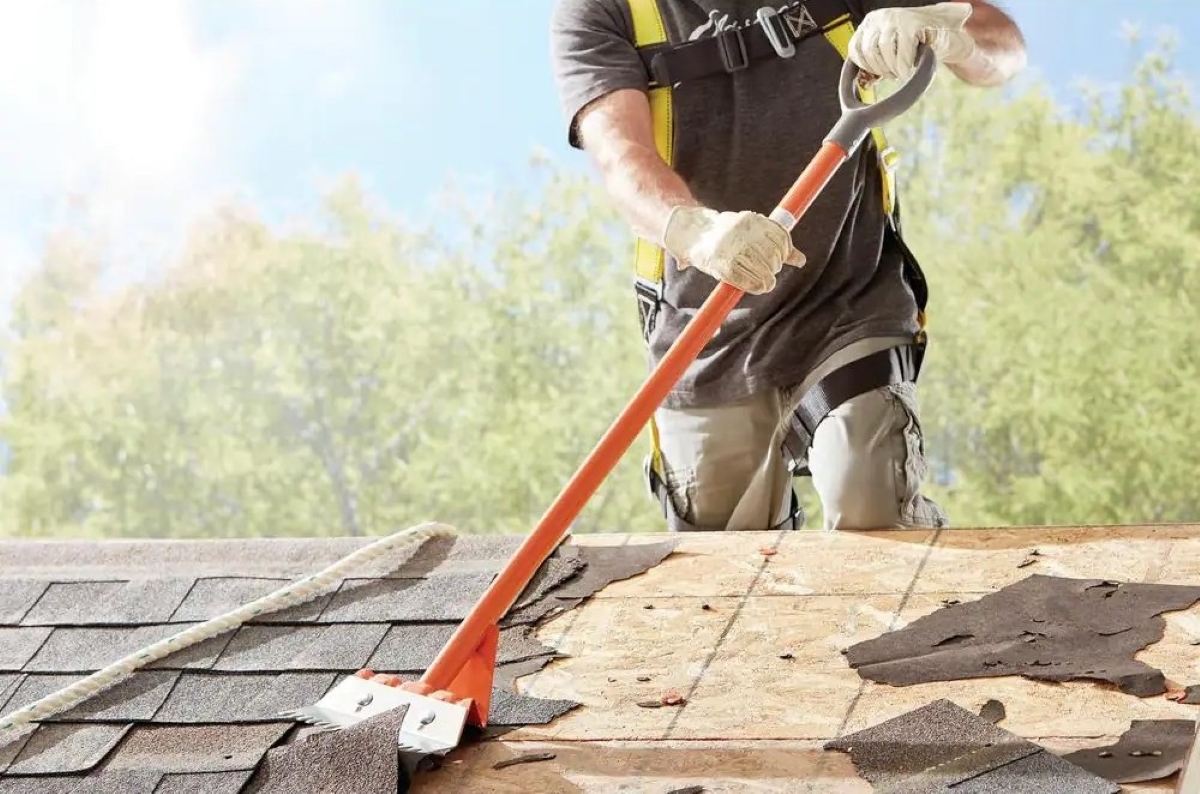
One of the hardest parts about putting a new roof on a house is getting rid of the old roof. You can pull the old shingles off with a pry bar or you make life easier on your back with a shingle remover. This tool consists of a flat spiked head attached to a long handle. The spikes slide under the shingles while the bar provides plenty of leverage for pulling them up from a comfortable standing position. Galvanized steel teeth and its nearly 4-foot length make this model from Anvil one of your best options for taking off an old roof.
Get the Anvil Shingle Stripper at The Home Depot for $41.48.
15. Circular Saw Demolition Blade
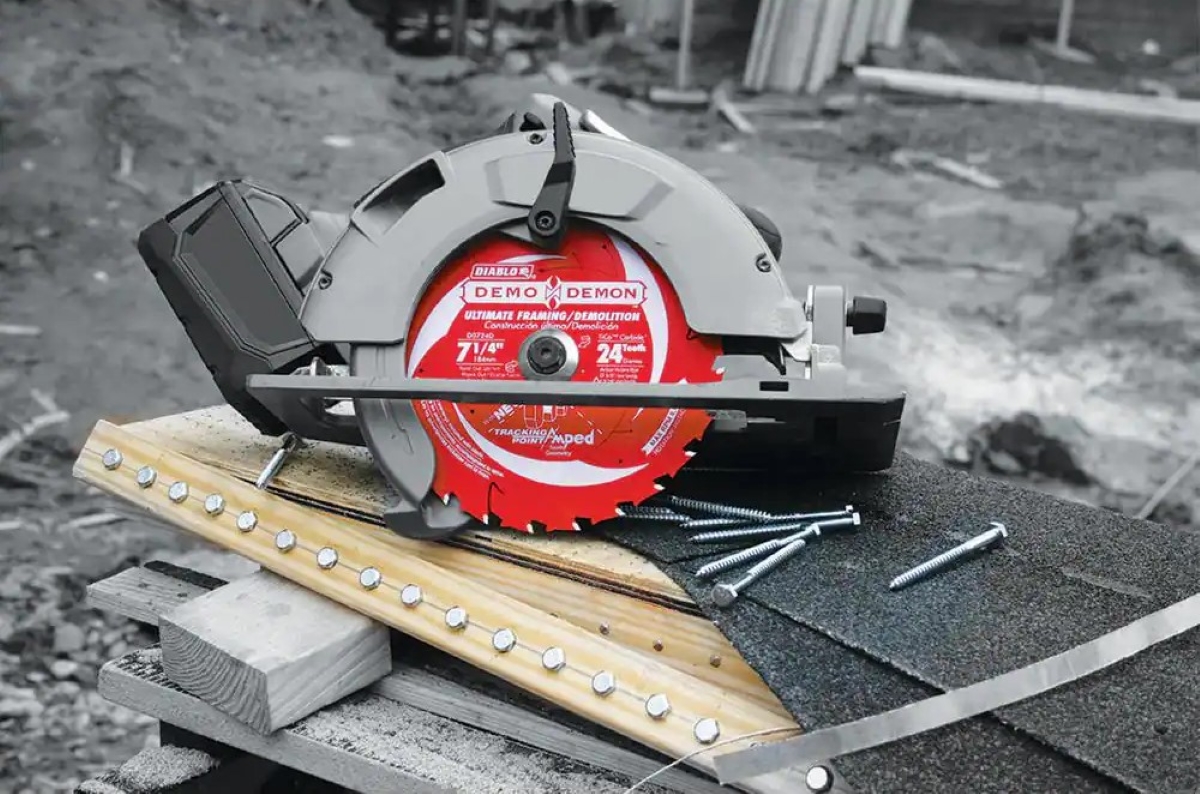
Most of us associate our circular saw with building things, not ripping them apart. But, when equipped with the proper blade, the circular saw transforms from a tool of creation to one of destruction. This demolition circular saw blade from Diablo is designed to cut through a variety of materials including wood, old nails, shingles, and laminated beams. It might just make your circular saw your new go-to demolition tool.
Get the Diablo Demolition Circular Saw Blade at The Home Depot for $15.77.
The prices listed here are accurate as of February 13, 2023.

